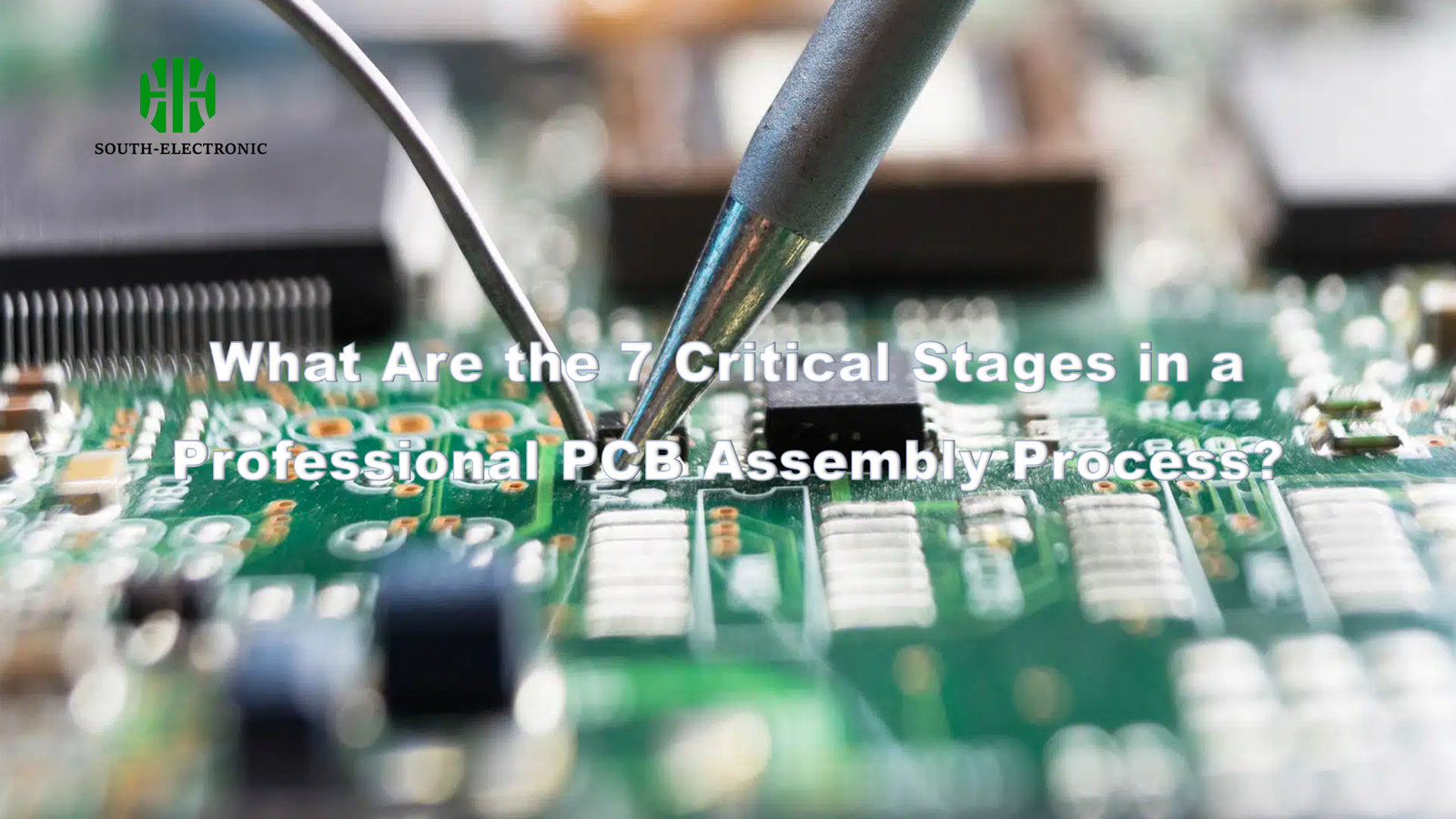When defective PCBs delay your product launch, frustration follows. I lost weeks on rework before discovering these stages. Master them to save time and costs.
The 7 critical stages are: Stencil/Solder Paste Application → Component Placement → Reflow Soldering → Quality Inspection (AOI/X-ray) → Functional Testing → Selective Soldering → Final Assembly. Following this sequence ensures reliable pcb assembly services for commercial and industrial use.
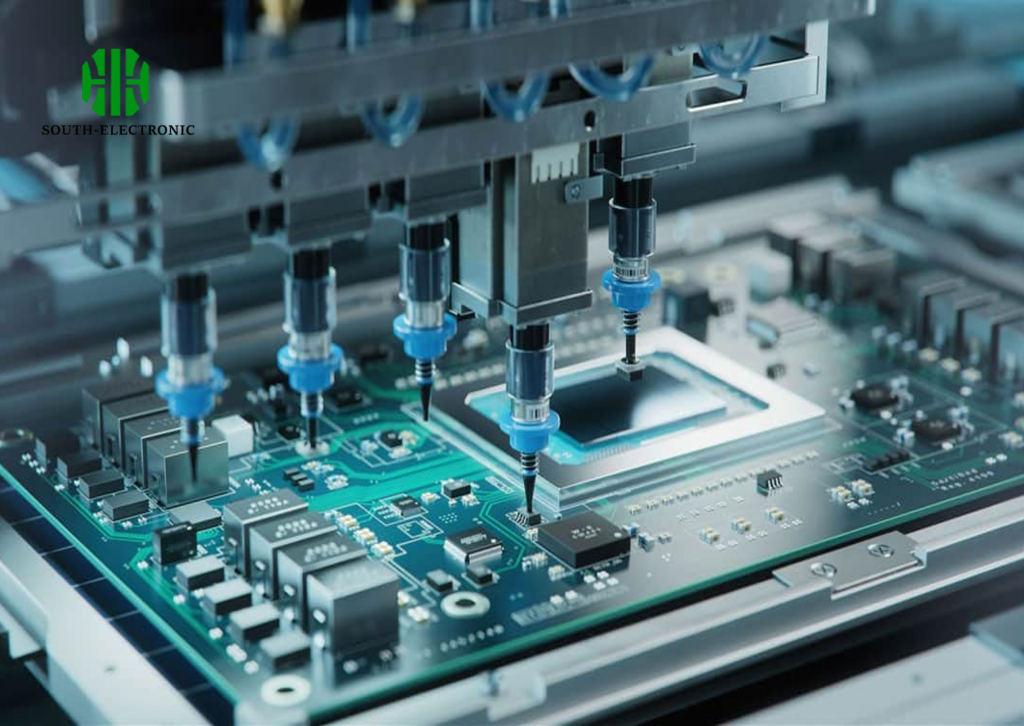
Now that you know these stages, let’s consider how to select manufacturers who execute them flawlessly for high-risk industries.
How to Choose Reliable PCB Manufacturers for Medical & Automotive Projects?
Choosing a unreliable pcb assembly manufacturer risks patient lives and road safety. Component failures here have serious consequences.
Select partners with IATF 16949 (auto) and ISO 13485 (medical) certifications along with IPC Class 3 compliance. Demand full traceability reports and stress-testing documentation for critical pcb assemblies.
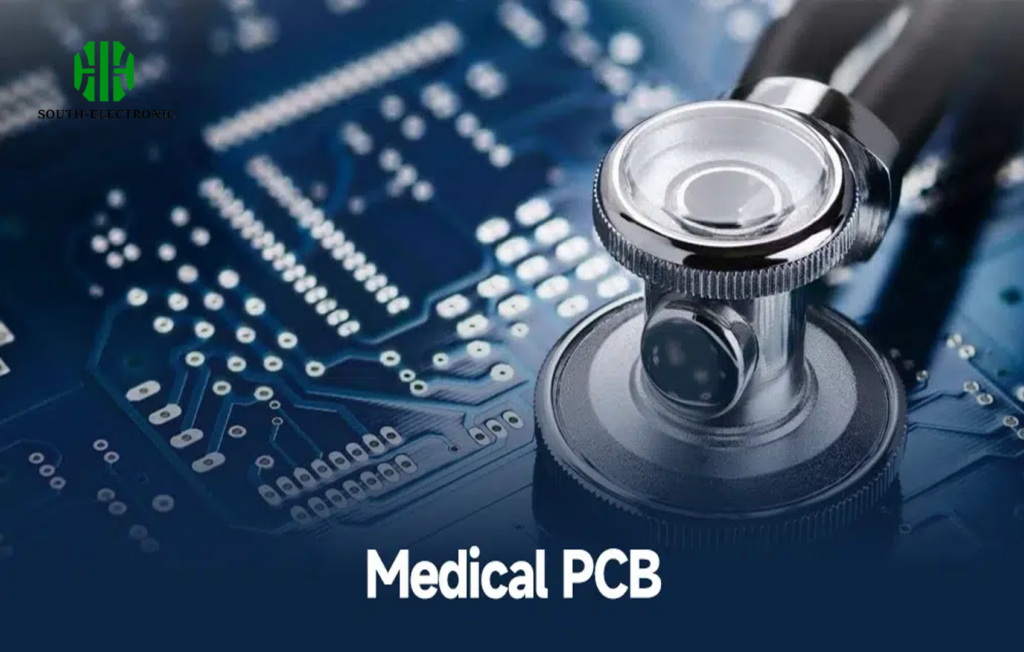
Key Selection Criteria Explained
Medical and automotive projects need specialized pcb manufacturing assembly processes. Let me break down the non-negotiable requirements.
Certifications form the foundation:
- IATF 16949 ensures automotive process control
- ISO 13485 guarantees medical device traceability
- ISO 9001 highlights fundamental quality systems
Testing protocols differ by industry:
| Automotive Requirements | Medical Requirements | Shared Standards |
|---|---|---|
| Temperature cycling (-40°C to 150°C) | Biocompatibility checks | IPC Class 3 workmanship |
| Vibration resistance testing | Sterilization validation | Cross-section analysis |
| 100% electrical testing | Long-term aging tests | Burn-in procedures |
Supply chain transparency matters most. My automotive client required batch-level component tracking. Colorado pcb assembly firms showed complete audit trails where others failed. Always verify their traceability systems during facility tours. This prevents counterfeit parts in pcb assemblies.
Custom PCB Design Guide: Avoiding 5 Costly Mistakes in Prototype Assembly
Watching your prototype pcb assembly fail costs money and delays progress. I’ve seen teams restart projects over avoidable errors.
Prevent: inadequate clearances exceeding factory tolerances, insufficient thermal reliefs, mismatched footprints, overcomplicated routing, and forgetting test points. Simplify designs for smoother pcb fabrication and assembly.
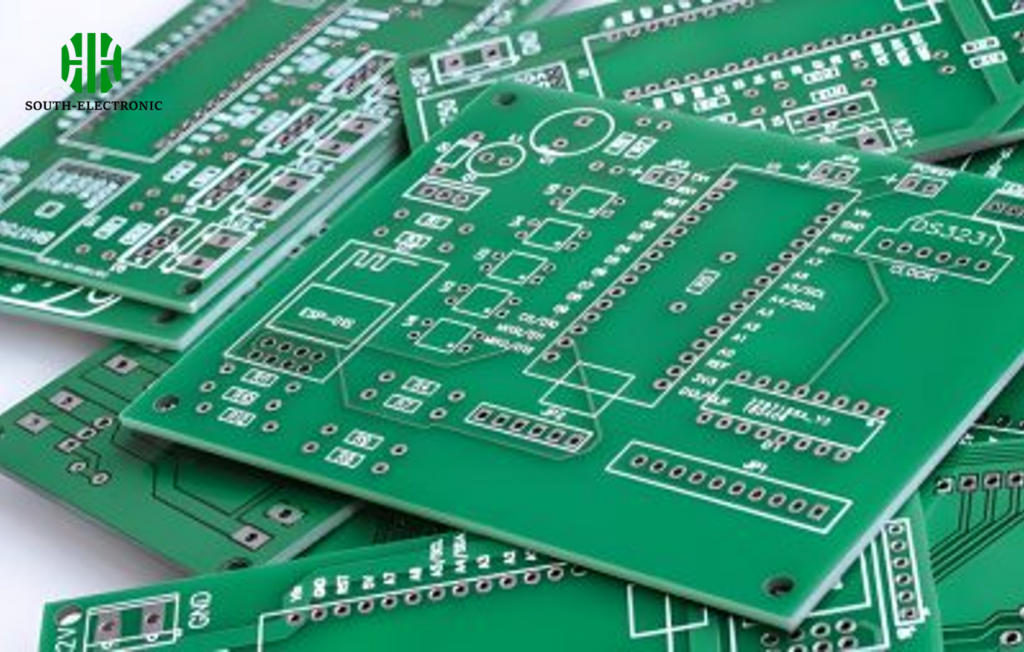
Critical Design-to-Assembly Considerations
Professional pcb assemblers spot these recurring issues causing prototype failures. Address them during design:
Component Placement Issues
- Clearances under 0.15mm challenge even smt pcb assembly machines
- Thermal pads without reliefs cause tombstoning
- Mixed SMT/through-hole requires manual intervention
Manufacturing Limitations
My industrial controller project failed DFM checks. We fixed:
- Added 0.2mm solder mask dams between pins
- Removed acute angles in copper pours
- Balanced copper distribution across layers
Documentation Errors
| Mistake | Consequence | Prevention |
|---|---|---|
| Incorrect BOM revision | Wrong components installed | Version-controlled BOM management |
| Silkscreen conflicts | Assembly reference marks hidden | 3D board assembly simulations |
| Missing stencil specs | Uneven paste distribution | Include aperture ratio in Fab notes |
Thermal Management proved crucial in automotive pcb assemblies. Adding thermal vias under power ICs dropped operating temperatures by 18°C. Always collaborate with pcb fabrication assembly engineers early. Turnkey pcb assembly partners offer DFM reviews – use them!
DIY vs Professional PCB Assembly: When Should You Switch from Prototype to Production?
That perfect breadboard prototype may crumble in mass production. I learned this switching my sensor project from garage to factory.
Shift to professional pcb assemblers when: quantities exceed 50 units, introducing BGAs/fine-pitch ICs, facing IPC certification requirements, or needing full test coverage. DIY falls short on repeatability and documentation.
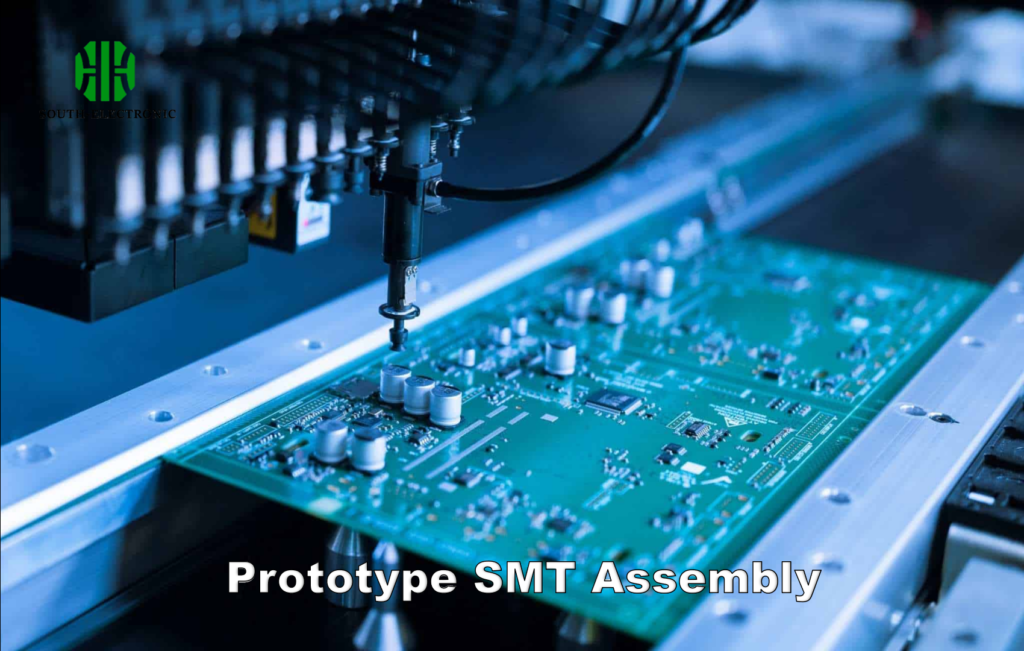
The Transition Decision Matrix
Switching involves technical and financial factors. Consider these parameters:
Scale Considerations
- Under 25 units: Hand assembly works for low-complexity pcbs
- 50-500 units: Requires automated pcb assembly services
- 500+ units: Full turnkey pcb assembly recommended
Component-Driven Shifts
- BGAs/QFNs: Need professional reflow profiling
- 0201 passives: Require vision-equipped placement machines
- High-density boards: Demand micro solder paste application
Cost Analysis
| DIY Costs | Professional Costs | Hidden DIY Expenses |
|---|---|---|
| Hand equipment | NRE tooling fees | Failed yield rework |
| Component sourcing | Per-unit cost efficiency | Testing equipment rentals |
| Labor hours | Consigned material options | Certification failures |
My drone project failed FCC certification due to inconsistent hand-soldering. Switching to a certified pcb assembly manufacturer solved it immediately. Request test coupons on your first production run. Good pcb assembly services provide sample boards and statistical process control reports.
Conclusion
Mastering assembly stages prevents production delays. Partner certified pcb assemblers early, simplify designs proactively, and transition at first complexity jump.

